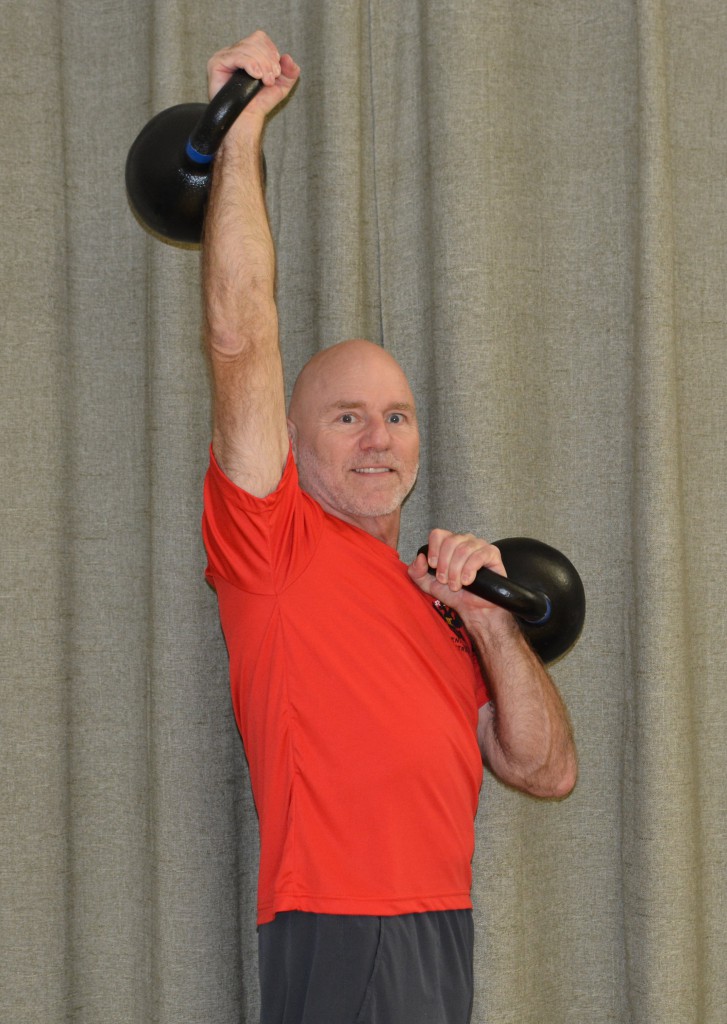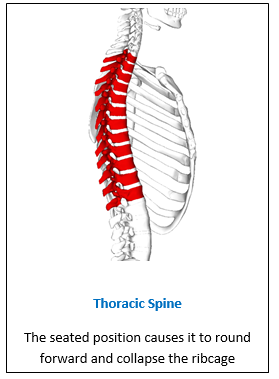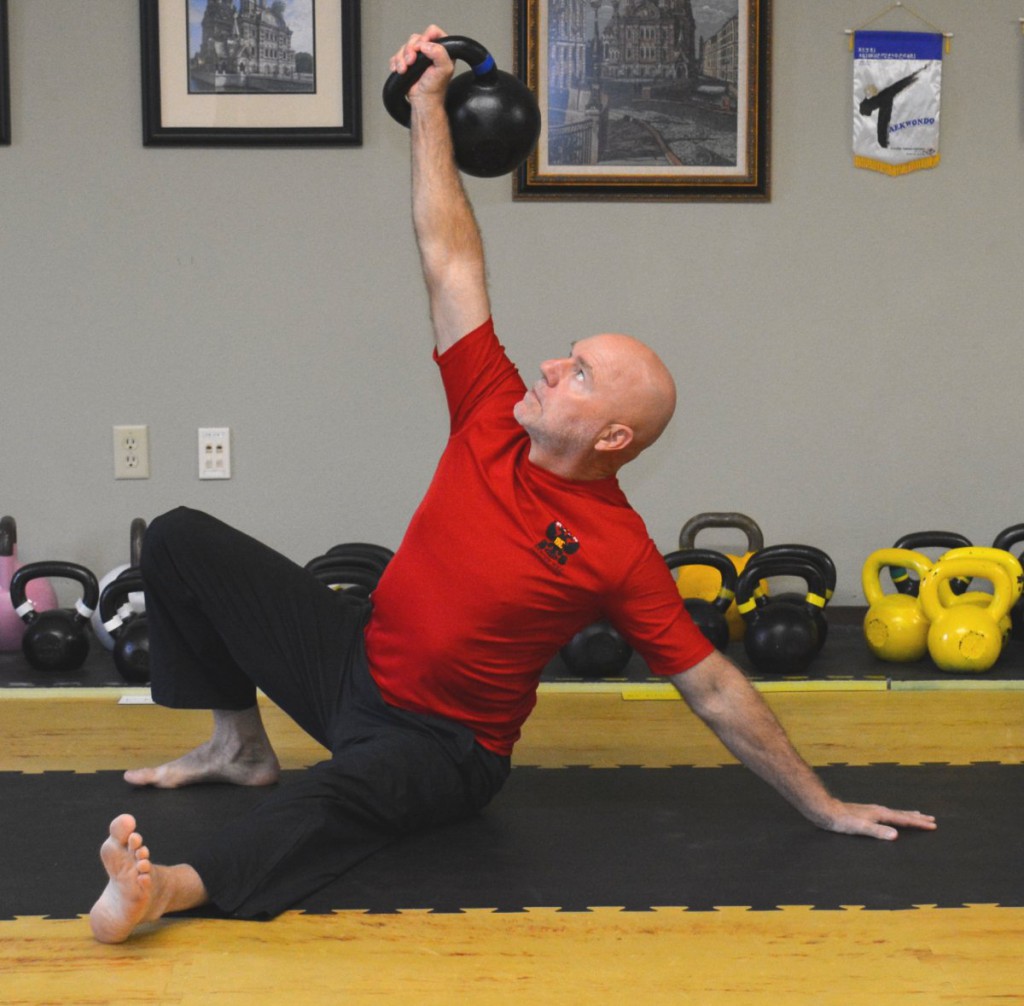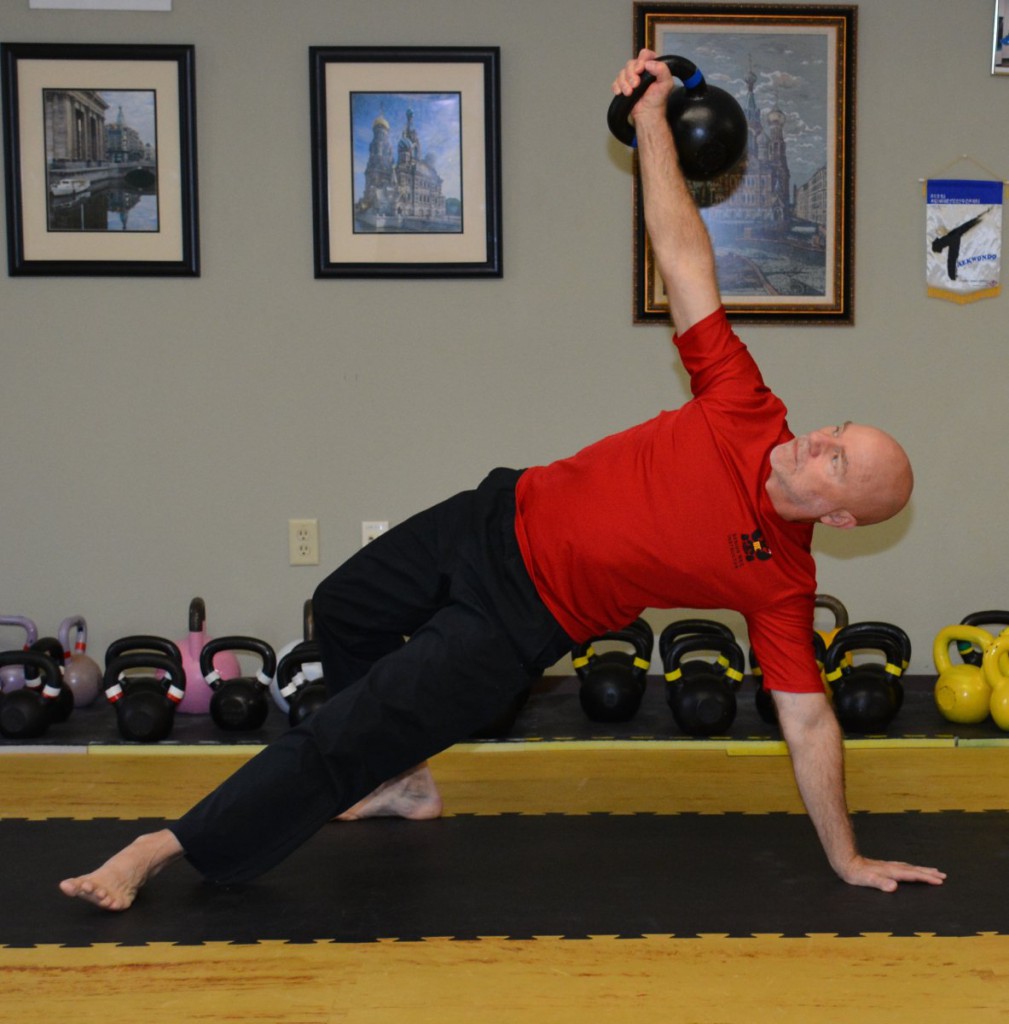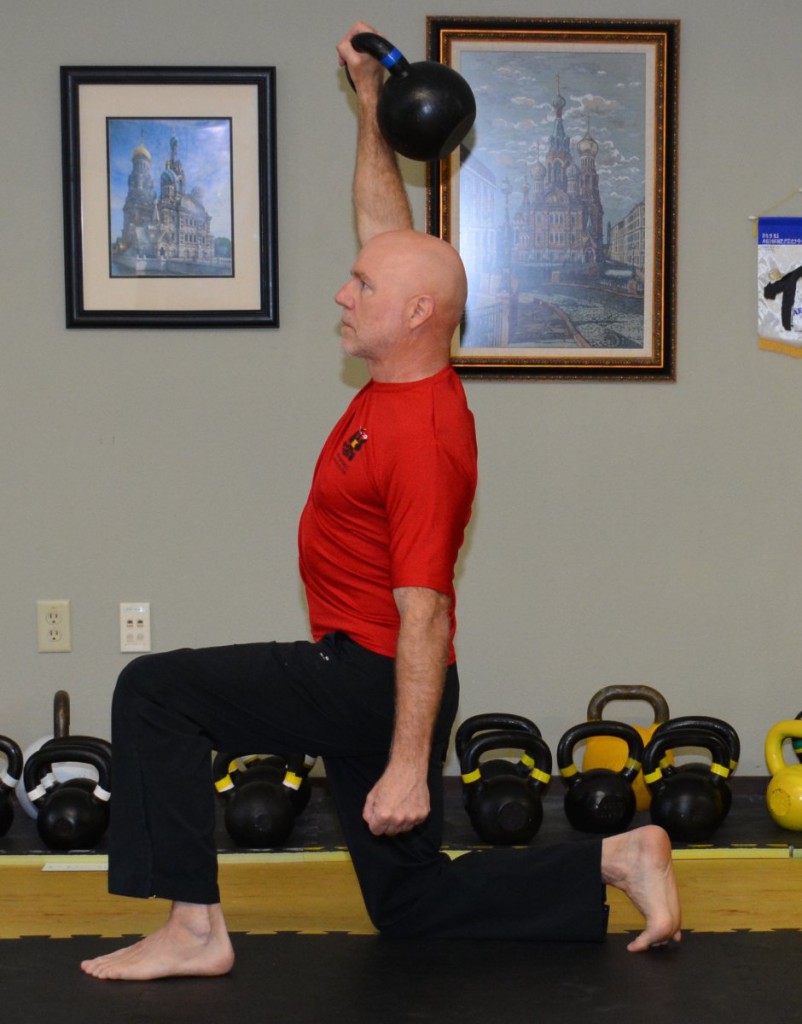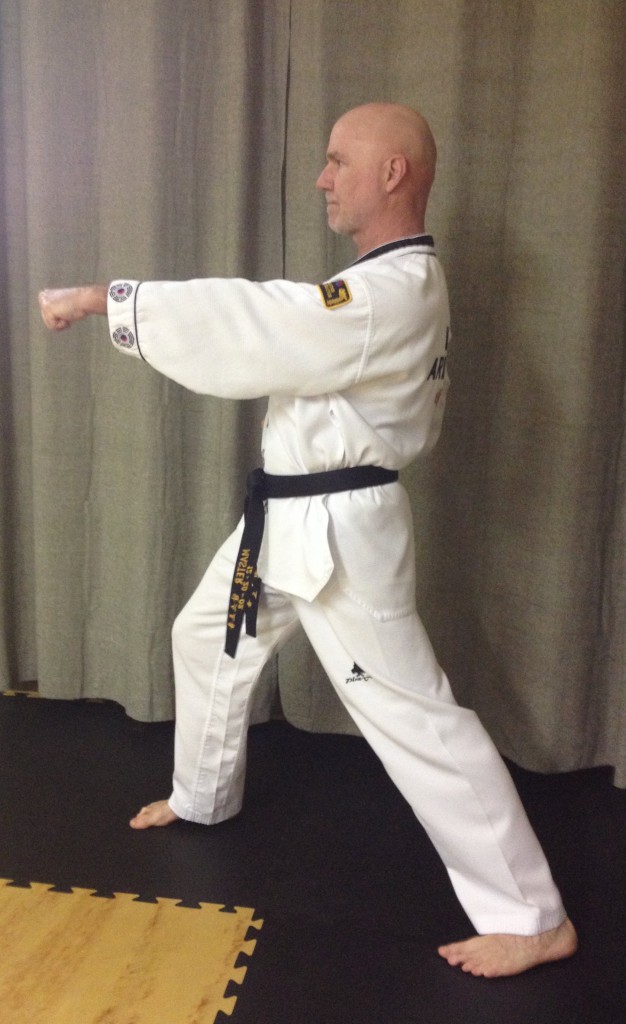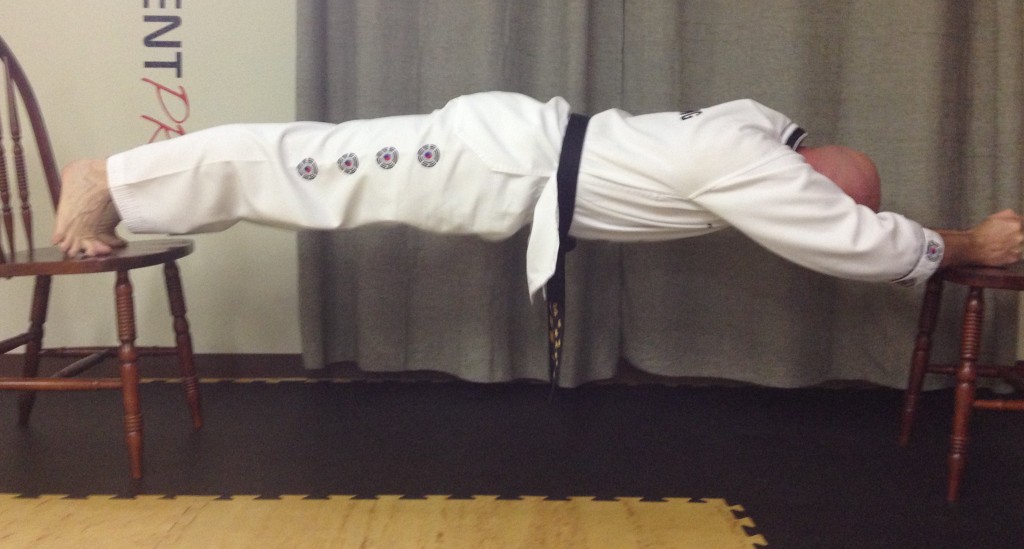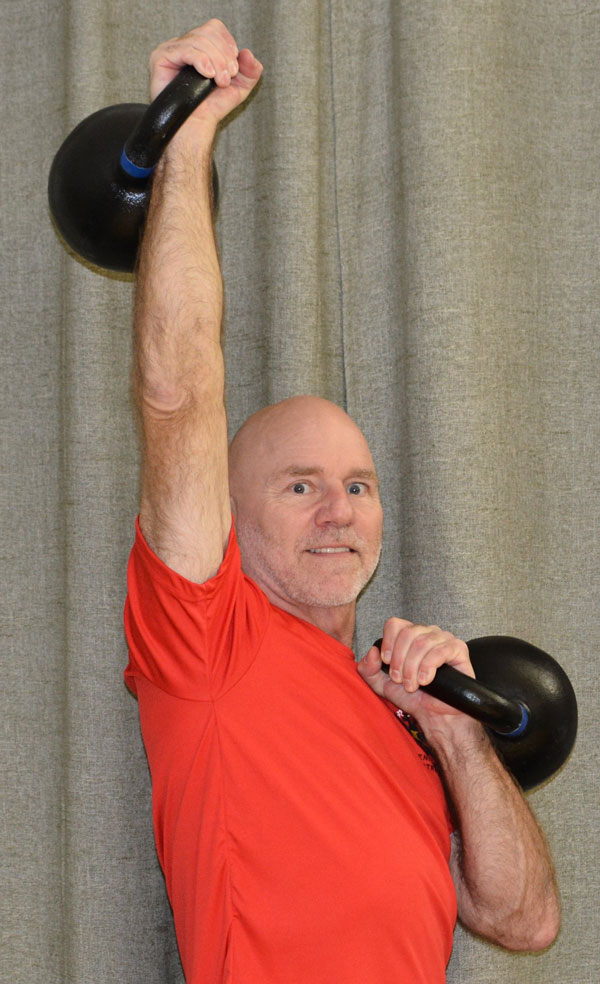
Two years ago I woke up one morning and fell out of bed. I could not stand up. My right leg was in extreme pain and it felt like there was high voltage electricity running through it. A nerve in my back had been pinched by my vertebrae. I spent a week in the hospital on morphine while they ran tests. (Okay I think it was a week). Eventually, they did minimally invasive surgery to relieve the pressure on the nerve. Then, I began the slow rehabilitation process…
I went for a follow up visit with the surgeon. He told me, “There are two types of patients. The first type will use this sort of pain event and back surgery as an excuse. They will be afraid, they won’t work on regaining their movement abilities and they will never fully recover. You are probably the second type. You are the kind of person who will try to do too much too quickly and will soon have a relapse.” His advice to me was to be very careful.
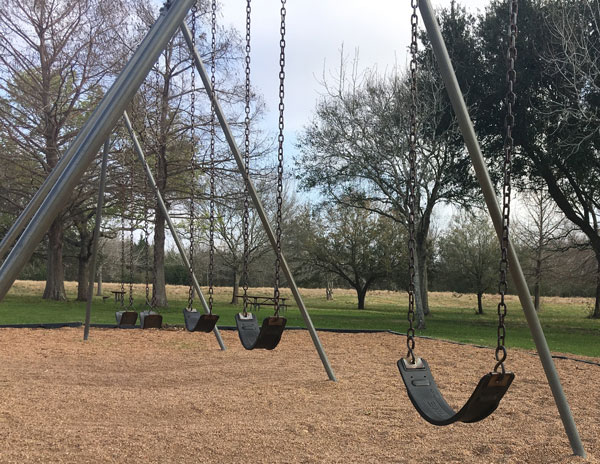
I wanted a speedy recovery but I certainly did not want to go through this again. I realized two important things:
- I must move if I wanted to regain my former movement skills and rehabilitate the lost abilities. (Yes, it was bad. After surgery, I was unable to get up off the floor without using my arms for assistance.)
- I must pace my recovery so that I maximized my progress and minimized the risk of injury.
I run a place called The Kettlebell Club in Houston, Texas and I teach regular group classes there. I wanted to get back to swinging the kettlebell as soon as possible but also wanted to heed the surgeon’s warning. So, as soon as I possibly could, I began practicing naked swings – lots of them.
In workshops, classes and demonstrations I had often shown students the various aspects of the kettlebell swing without a weight. But, I had not performed many repetitions of kettlebell swings without a kettlebell. When I began religiously practicing naked swings I immediately realized that I had found a real jewel. The speed of your kettlebell swing is fixed when you have a kettlebell in your hand. But, without a kettlebell, you can perform the swing motion at a variety of speeds from very slow to very fast. You will improve the way you use your respiration to support the swinging motion. You can even pause at various points in the swing to check your posture or the activation of specific muscles. (Clearly, posture and spinal stabilization were a key focus for me.)
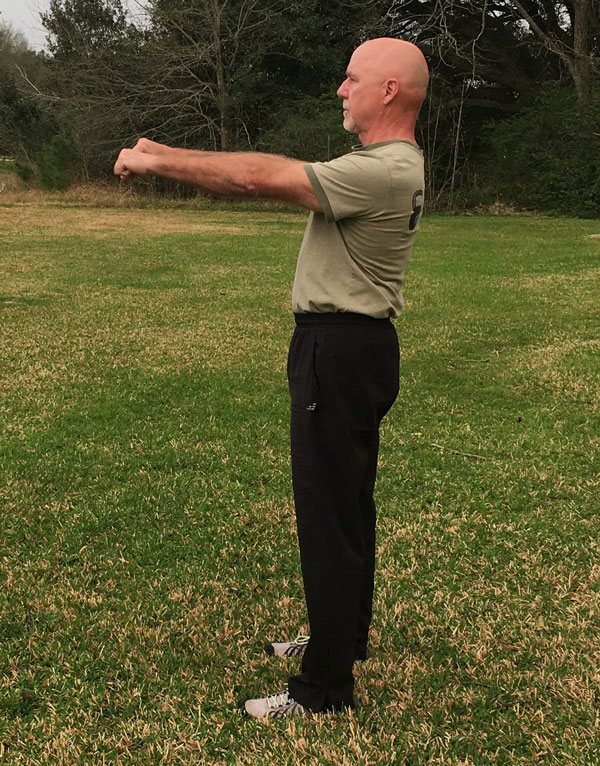
The top part of the kettlebell swing is a demonstration of ideal posture and spinal alignment. On each repetition, lengthen your spine, insure your thoracic spine is open, your head is over your shoulders, and your pelvis is in a neutral position (or slightly tucked).
The bottom part of the kettlebell swing is essentially the set up for a deadlift except that your hands have moved between your legs, behind your knees and lined up with your spine. Being able to spend time at the bottom of the kettlebell swing (since the kettlebell doesn’t force you to continue the movement) allows you to fine tune this position. You should feel a good loading of the posterior chain (i.e., glutes, hamstrings, back muscles, etc.) In addition, insure that your shoulders are well connected to your body while in this position.
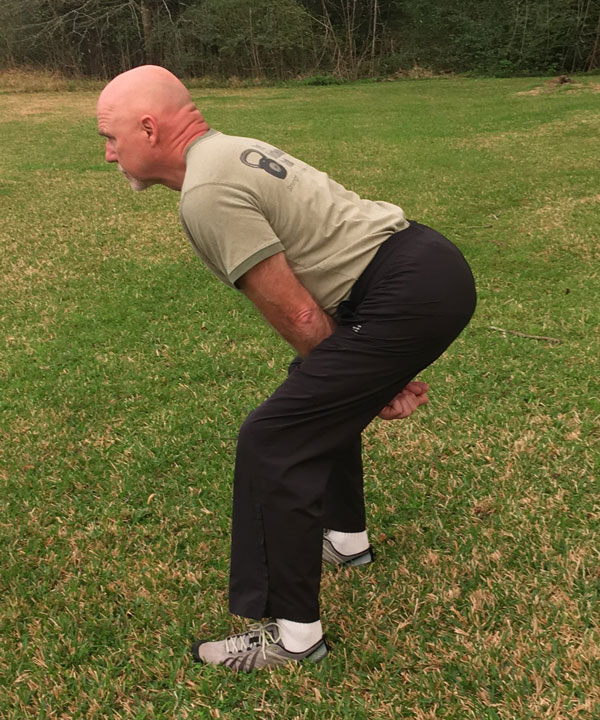
The naked swing will also help your understanding of the transitions from top to bottom and from bottom to top. Without the kettlebell dictating the speed of the movement, you can maintain your erect posture while your hands slowly (and safely) move downward before you begin your hip hinge movement.
I credit the thousands of reps of naked swings with accelerating my recovery and in a virtually risk-free manner. In addition, this work significantly improved my understanding of the mechanics of the kettlebell swing and gave me an excellent, new teaching tool.
***
Jay Armstrong is a Senior RKC, 6 Degree Black Belt TKD, and Master Z-Health Trainer. The past 30 years have been dedicated to helping others develop confidence through increased strength and pain-free, exceptional mobility. His quest for knowledge continues. He runs The Kettlebell Club in Houston, Texas.
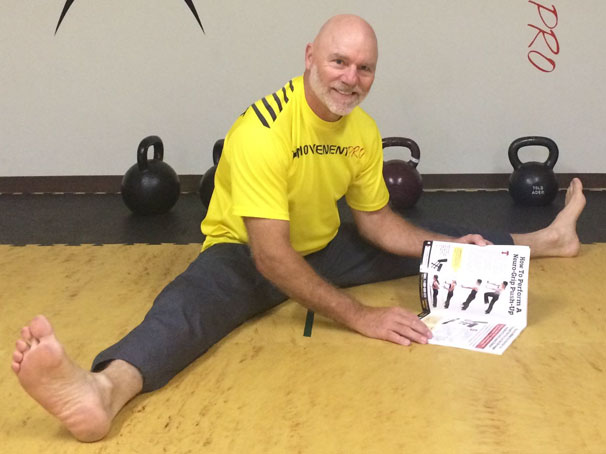
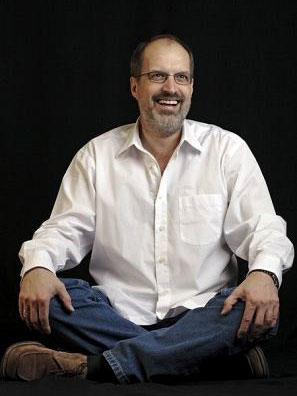 In our convenient Western lifestyle, we tend to stay further and further away from the ground. We don’t lie down or sit on the ground. However, sitting on the ground will potentially improve your
In our convenient Western lifestyle, we tend to stay further and further away from the ground. We don’t lie down or sit on the ground. However, sitting on the ground will potentially improve your 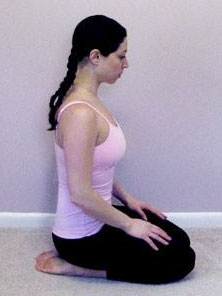 Sitting on Your Heels
Sitting on Your Heels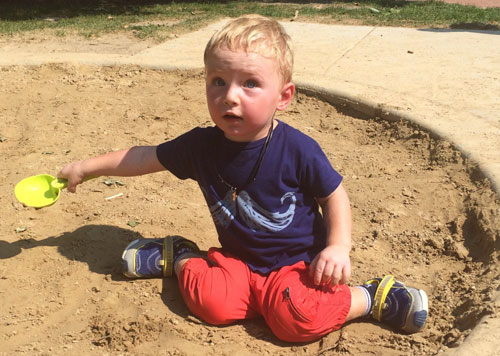
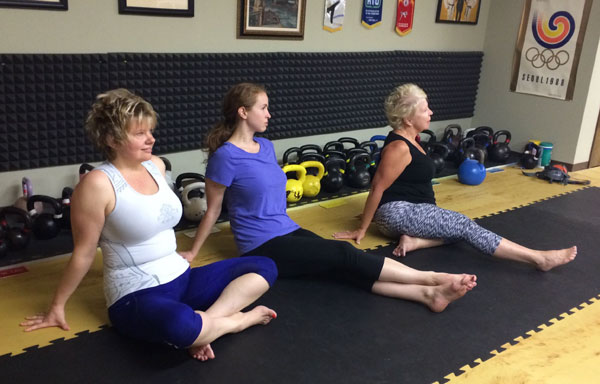
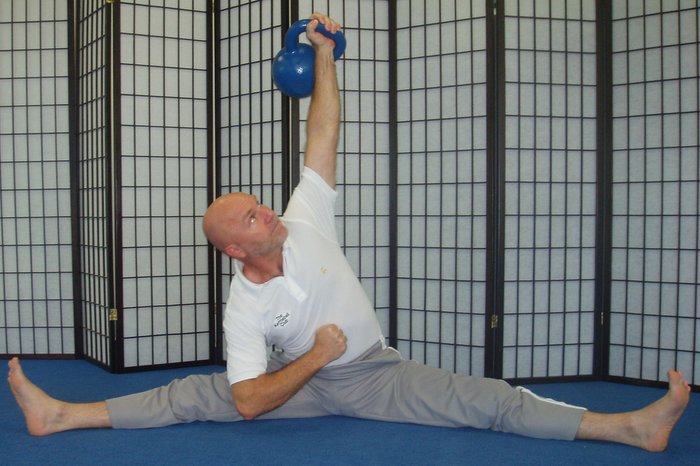
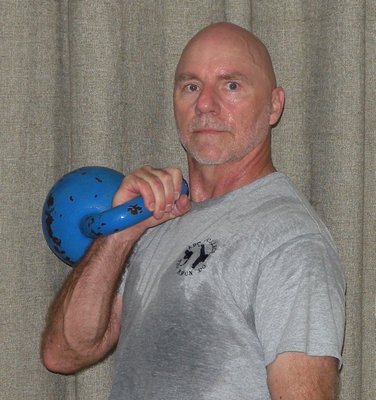 Having a genuine love of
Having a genuine love of  Seek out a physical activity that is enjoyable, and therefore sustainable. Perhaps kettlebell training is such an activity. Kettlebell training can be done in a group class setting. This will allow you to share energy with others in the class. Spending time with other like-minded people can take an exercise program out of the “have to” category and turn it into something you want to do.
Seek out a physical activity that is enjoyable, and therefore sustainable. Perhaps kettlebell training is such an activity. Kettlebell training can be done in a group class setting. This will allow you to share energy with others in the class. Spending time with other like-minded people can take an exercise program out of the “have to” category and turn it into something you want to do.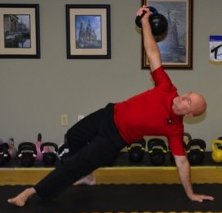 Firstly, the
Firstly, the 